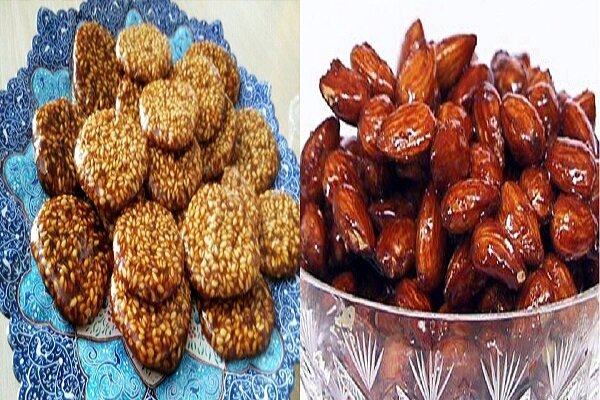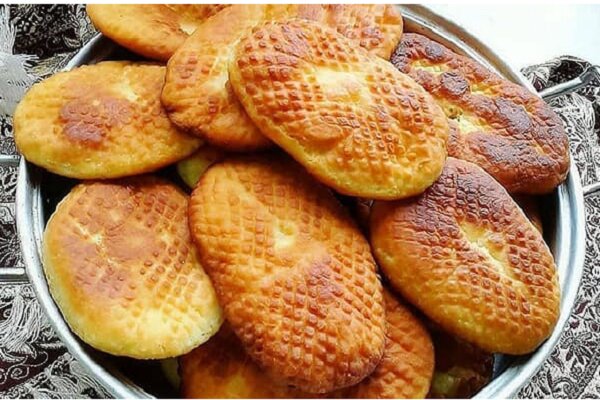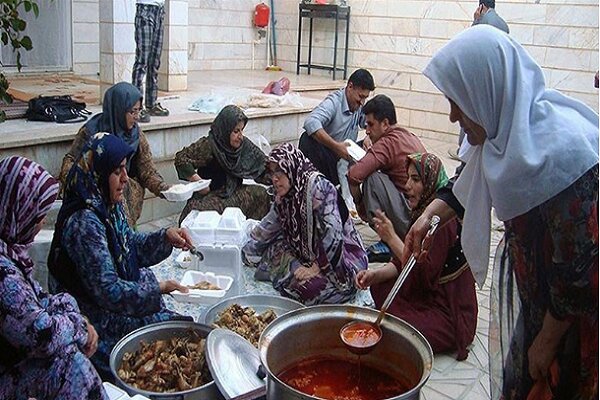Iran’s Kordestan cuisine during Nowruz, holy Ramadan

The atmosphere of Nowruz and the ancient feast of Iranians on the one hand, and the Haft-sin (The Seven S’s) table and Nowruz food on the other hand, all have signs of an ancient and rooted civilization in this land. The smell of new clothes, along with the freshness of greenery and New Year’s food, create a collection of colors and designs and pleasant aromas.
Nowruz Cuisine in Kordestan Province
Every city and ethnic group has its own traditional food. Everyone prepares a special kind of food for the night of Eid according to their belief and tradition, But one should note that behind the curtain of all these dishes is a family gathering. In fact, all these dishes are prepared just to bring the family members together. In the following, I will introduce you to traditional Nowruz dishes in Kordestan Province.
Kordestan province is one of the significant destinations for Nowruz tourists, the pleasure of eating delicious and new foods in the traditional eateries of a city is always memorable for us. Using the traditional foods of a city can multiply the happiness of our trip.
Although Sabzi polow with fish is the dominant meal on Eid night in most Iranian cities, Reshteh polow (rice cooked with noodles), is another common food on Eid night, which is consumed as the first meal of the new year in some regions including Kordestan. It is usually cooked as the first lunch or the first dinner in the new year, and is served with onions, raisins, dates, as well as scrambled eggs and, in some cities, fried chicken.
The philosophy of Reshteh polow on the eve of Eid is that, according to the ancients, one of the most important wishes on the first day of the year is that one should take control of the affairs of that year so that everything would go according to plan. For this reason, Reshteh polow (rice cooked with noodles) as the food of the first day of the new year is a symbol for the string of affairs in your hands. Also, another famous story behind eating Reshteh polow on eve of Eid is actually long and extending life in the coming years.

Gazangebin sesame sweets, Nan-e berenji (rice-flour cookie), burnt almonds and chickpeas are sweets that are not only seen on Haft-sin table of Kurdish people but are also delicious souvenirs that travelers and guests of Nowruz can take back with them from Sanandaj city.
Holy Ramadan cuisine in Kordestan Province
The people of every corner of this vast universe perform special customs and traditions in the holy month of Ramadan, the establishment of these special customs and traditions in different provinces and regions of the country is somehow dependent on the history, culture and tradition of its people and the area. The hospitable and religious people of Kordestan province have a very rich culture in terms of the abundance of customs and traditions and thus have their own ceremonies for almost every occasion.
The people of Kordestan cook a variety of local foods and breads in this holy month which are usually on the Iftar table of the people of the Kordestan region. These include Kolire, Bersaq and Naw Tawaii (pan bread).
Kolire

On the 27th night of the holy month, the people of this region bake Kolire bread. After breaking the fast and reading the Isha prayer, families who can afford it, take a lot of kolires to the mosque and distribute them along with yogurt and dates among the worshipers.
According to an old custom, the people of Baneh cook small kolires and string 5 or 6 of these kolires and put them in their flour or rice storage in the hope that the blessings of Ramadan will reach their property. In this way, each string of Kolires stays in the warehouse for one year and is replaced with new Kolires the following year.
Bersaq

One of the famous bread that is baked in Sanandaj during the month of Ramadan is Bersaq. This bread was more important in the past and its baking was common in Kordestan. Today, Bersaq bread and pan bread of Kordestan are limited to villages and are mostly offered in ethnic exhibitions of this province.
Karwanashi

Another meal usually seen on the Iftar table of Kurdish people is Karwanashi which was used to be cooked in guesthouses on the way for caravans and travelers due to its quick preparation.
Cheshti Mejewir

A special custom of Kordestan province especially that of Divandarreh city is “Cheshti Mejewjir” which has always existed throughout the proud history of the Muslims of this region. “Cheshti Mejewjir” means that on the day of Eid al-Fitr, people bring the food that they have prepared for this blessed day to the local mosques, and after putting the food together, they mix it all together, and each person takes some of the available food homes as a blessing.

Also, on the day of Eid al-Fitr, a special bread called “celebration bread” is baked and distributed among the fasting people of Kordestan. Other foods served on this day include Qorme Sabzi, Stuffed Cabbage Rolls Sarma, and Reshteh polow with chicken. Some families prepare the meals of Eid al-Fitr for breakfast and others for lunch.
Complied by Sareh Khosravi
source: en.mehrnews.com





